Fuchen Sun Kar-Ann Toh Manuel Grana Romay - Extreme Learning Machines 2013: Algorithms and Applications
Here you can read online Fuchen Sun Kar-Ann Toh Manuel Grana Romay - Extreme Learning Machines 2013: Algorithms and Applications full text of the book (entire story) in english for free. Download pdf and epub, get meaning, cover and reviews about this ebook. City: Cham, publisher: Springer International Publishing, genre: Home and family. Description of the work, (preface) as well as reviews are available. Best literature library LitArk.com created for fans of good reading and offers a wide selection of genres:
Romance novel
Science fiction
Adventure
Detective
Science
History
Home and family
Prose
Art
Politics
Computer
Non-fiction
Religion
Business
Children
Humor
Choose a favorite category and find really read worthwhile books. Enjoy immersion in the world of imagination, feel the emotions of the characters or learn something new for yourself, make an fascinating discovery.
- Book:Extreme Learning Machines 2013: Algorithms and Applications
- Author:
- Publisher:Springer International Publishing
- Genre:
- City:Cham
- Rating:4 / 5
- Favourites:Add to favourites
- Your mark:
Extreme Learning Machines 2013: Algorithms and Applications: summary, description and annotation
We offer to read an annotation, description, summary or preface (depends on what the author of the book "Extreme Learning Machines 2013: Algorithms and Applications" wrote himself). If you haven't found the necessary information about the book — write in the comments, we will try to find it.
Fuchen Sun Kar-Ann Toh Manuel Grana Romay: author's other books
Who wrote Extreme Learning Machines 2013: Algorithms and Applications? Find out the surname, the name of the author of the book and a list of all author's works by series.

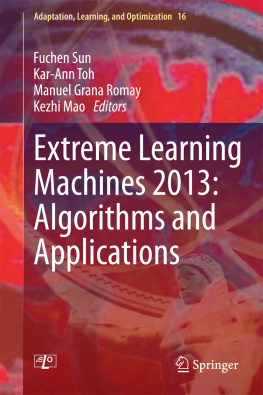
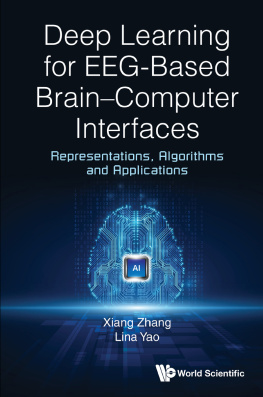
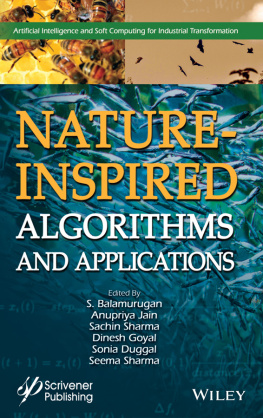
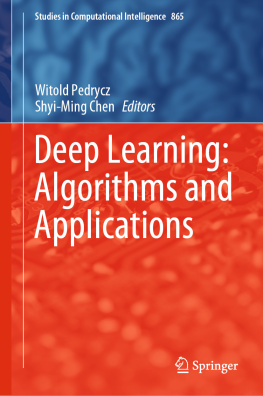
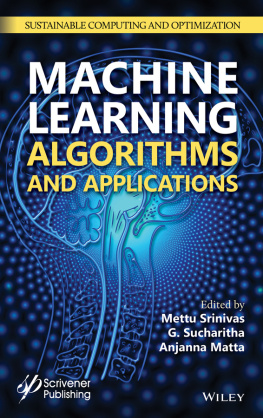
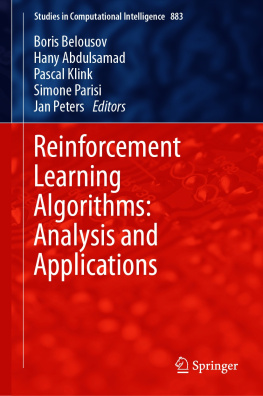

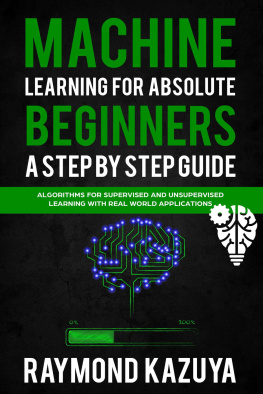
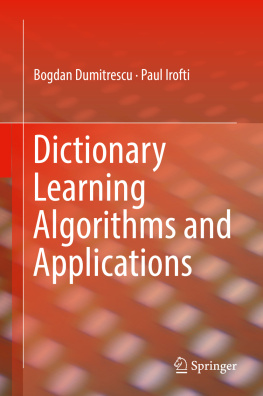
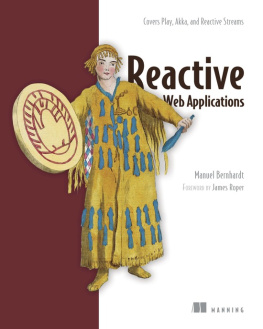
 patterns
patterns 
 . A classifier with as many outputs as class-labels in
. A classifier with as many outputs as class-labels in  is trained for the dataset. The highest output determines the class assigned to a certain pattern. A validation used on the trained classifier shows a good generalization, and the classifier is accepted as valid for SA.
is trained for the dataset. The highest output determines the class assigned to a certain pattern. A validation used on the trained classifier shows a good generalization, and the classifier is accepted as valid for SA. results in an average pattern
results in an average pattern  . The maximum pattern
. The maximum pattern 
 is defined as the vector containing the maximum values of the dataset for each attribute. The the minimum pattern is obtained in an analogous way
is defined as the vector containing the maximum values of the dataset for each attribute. The the minimum pattern is obtained in an analogous way  .
. , we have
, we have  and
and 